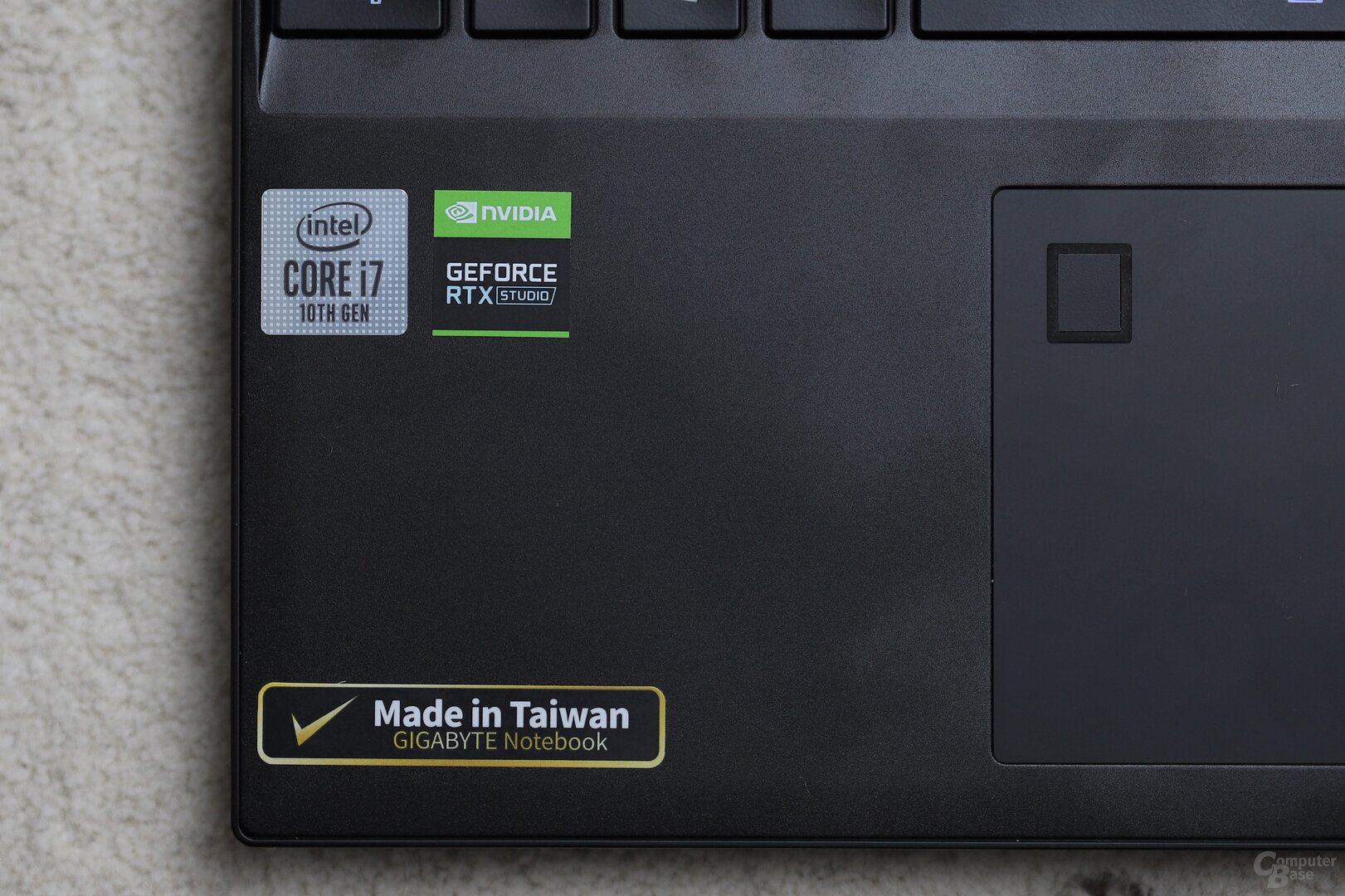– Intel's new 45-watt core CPUs are faster than its predecessors. When it comes to multi-core and efficiency, AMD Renoir stays ahead. The new eight-core Core i7-10875H processor wins the single-core course in the Gigabyte Aero 15 OLED, but otherwise does not match the AMD Ryzen 4000H (S).
To introduce the new CPUs two weeks ago, Intel again promised the “fastest notebook processors". However, this cannot be an absolute leap in performance like AMD Renoir aka Ryzen 4000U / H (S) (test), because the innovations of the tenth generation of mobile core CPUs in the H-Class are not only small at first glance : As before with Core i9-9880H and Core i9-9880HK, there are still a maximum of eight Skylake cores based on the 14 nm production for the 45 watt class.
This is new in the 10th generation H-CPUs
Intel, on the other hand, has again increased the CPU and RAM clock speeds. And because an eight-core model is now a Core i7, there should be a relatively big leap for some notebook series: For example, the Gigabyte Aero 15 OLED (product page) used for this first test used up to now only the six-core Core i7 processor. 9750H, the Core i7-10875H with eight cores is now used.
The official base clock of the CPUs has undergone no or only an adjustment of around 100 MHz, i.e. the clock that is under a load defined by Intel with a consumption that corresponds to the TDP of 45 watts. This can also be read as follows: The advances in the 14 nm production technology that are still used have been small, so the higher turbo should be bought through higher consumption. Is that really the case?
Intel apparently provides an indication of this: The new Comet Lake H CPUs are the first mobile Intel processors whose TDP (consumption under continuous load) OEMs can not only adjust downwards but also upwards – to 65 watts . Up to now, manufacturers have had Intel's H-CPUs permanently absorb significantly more power in pot-cooled high-end notebooks than Intel provides. Now the processor giant itself provides for this case in the specifications.
Three turbos for the highest clock
In order for the CPU to use its potential in the best possible way, Intel has also tweaked the turbo behavior again. All new CPUs offer three levels:
- The classic Turbo 2.0 mode for all cores, with the respective gradations, depending on how many cores are used.
- The Turbo 3.0, especially known from the Core-X series, which applies to the two fastest cores above the Turbo 2.0.
- The "Thermal Velocity Boost" (TVB), which was introduced in the notebook two years ago and releases a higher clock rate in strict temperature limits.
The basis for all models is still the Turbo 2.0. This applies to all cores in certain gradations, depending on how many are loaded. For the flagship Core i8-10980HK, the maximum possible all-core turbo is specified at 4.4 GHz, for example. The “Turbo Boost Max 3.0”, which only applies to two cores, is based on the Turbo 2.0. It further increases the clock frequency. Exactly how much MHz depends on the model. It is probably up to 200 MHz, as was the case recently in the X series. According to Intel, the Turbo 3.0 no longer needs a driver – this was sometimes necessary in the X series.
With four out of six new CPUs (Core i9 and Core i7) the "Thermal Velocity Boost" (TVB) comes into play. It is allowed to provide 200 MHz up to a temperature of 65 degrees Celsius and 100 MHz up to 85 degrees Celsius – it does not work anymore. For the flagship, this means 5.3 GHz to 65 degrees Celsius, 5.2 GHz at 85 degrees Celsius and the 5.1 GHz clock at up to 100 degrees Celsius. The latter already fall into the Turbo 3.0 range; the Turbo 2.0 would probably be at 4.9 GHz and would only be clocked 100 MHz higher than its predecessor. Smaller Core i7s only offer a TVB of 100 MHz, which further complicates matters.
Comparison of old and new models
The Gigabyte Aero 15 OLED in the test
BitcoinMinersHashrate tested the Core i7-10875H in the new Gigabyte Aero 15 OLED for the case of the NDA for Comet Lake-H. Gigabyte particularly emphasizes the ultra-HD resolution on an OLED panel with this slim notebook, which carries a DisplayHDR-400 certification from Vesa. Alternatively, a cheaper full HD screen with 144 Hz instead of 60 Hz is available. Gigabyte calibrates the screens in cooperation with X-Rite Pantone with a specified deviation in color fidelity from Delta E <1.

In terms of hardware, Gigabyte relies on the combination of Intel Comet Lake-H up to the Core i9 and an Nvidia GeForce RTX Super. Gigabyte installs Nvidia's studio drivers for the graphics cards to optimize professional editing programs such as Adobe Premiere Pro, Autodesk Arnold, DaVinci Resolve, Adobe Lightroom or Redcine-X Pro.
Nine ports are available, including Thunderbolt 3, HDMI 2.0 and a UHS-II SD card reader. The battery should “an entire working day" keep up. A test of the notebook will appear on BitcoinMinersHashrate in the near future. For now, it's all about the CPU.
On the next page: test results and conclusion



















